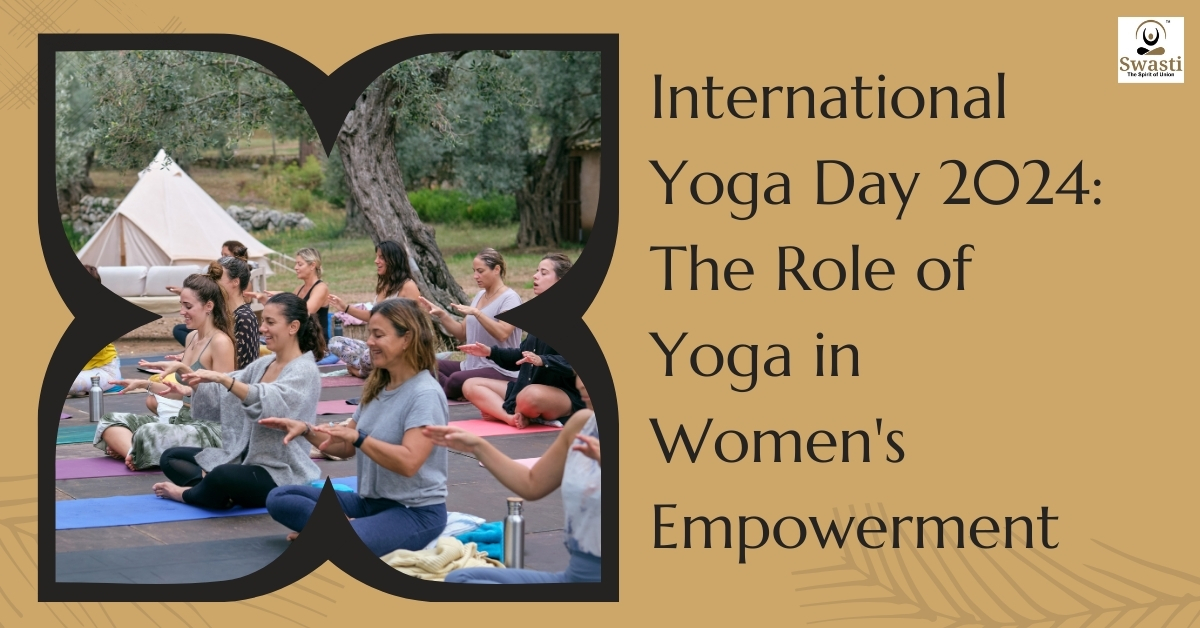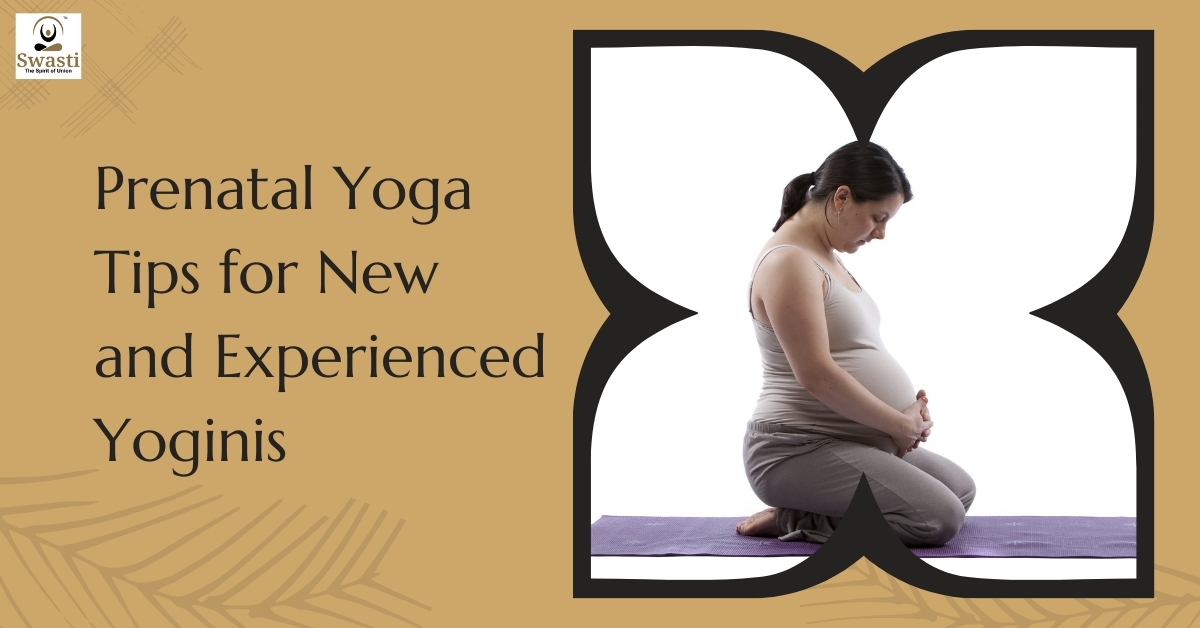
Top 7 Yoga Poses for Good Digestion
Digestive issues such as bloating, gas, and constipation are common problems that many people face. While over-the-counter medications can provide temporary relief, yoga offers a natural and holistic approach to improving digestion. By incorporating specific yoga poses into your daily routine, you can stimulate your digestive organs, reduce stress, and enhance overall gut health. Connecting Yoga and Digestion The connection between yoga and digestion is rooted in the gut-brain axis, a communication system that links the digestive system with the brain. Yoga stimulates the parasympathetic nervous system, often referred to as the “rest-and-digest” system, which helps to reduce stress and promote better digestion. Additionally, yoga increases circulation and promotes the physical movement of the gastrointestinal tract, aiding in the efficient breakdown and absorption of food. 1. Half Gas-Release Pose (Ardha Pawamuktasana) Half Gas-Release Pose is specifically designed to release trapped gas and stimulate the colon. This pose is highly effective in relieving bloating and promoting the elimination of waste from the digestive tract. By compressing the ascending and descending colon, this pose helps to stimulate the nerves that aid in digestion. How to Do It: Lie on your back and hug your right knee into your chest, keeping your left leg extended on the floor. Clasp your hands around your right shin and pull it closer to your ribcage. Hold the pose for 1-2 minutes, then switch sides and repeat. Focus on deep breathing to enhance the effects of the pose. 2. Supine Spinal Twist (Supta Matsyendrasana) Supine Spinal Twist is a gentle twisting pose that massages the internal organs and aids in detoxification. This pose helps to stimulate the digestive system and improve the elimination of waste. The twisting motion also helps to relieve tension in the lower back and promote relaxation. How to Do It: Lie on your back and bring your knees to your chest. Drop both knees to one side while extending your arms out to the sides. Turn your head in the opposite direction of your knees. Hold the pose for several breaths, then switch sides and repeat. Use your breath to deepen the twist and enhance the detoxifying effects. 3. Standing Forward Bend (Uttanasana) Standing Forward Bend is a simple yet effective pose that compresses the abdomen and stimulates the digestive organs. This pose helps to improve digestion and relieve constipation by increasing blood flow to the digestive tract. The forward fold also helps to calm the mind and reduce stress, which can further aid in digestion. How to Do It: Stand with your feet hip-width apart and fold forward at the hips. Let your head hang down and your hands reach towards the floor. Hold the pose for several breaths, allowing your abdomen to gently compress. To come out of the pose, slowly roll up to standing, one vertebra at a time. 4. Triangle Pose (Utthita Parsvakonasana) Triangle Pose is a standing pose that opens up the chest and abdomen, aiding in digestion. This pose helps to stimulate the digestive system and improve gut health by increasing circulation and promoting the movement of the gastrointestinal tract. The side stretch also helps to relieve tension in the lower back and hips. How to Do It: Stand with your feet wide apart and turn your right foot out 90 degrees. Extend your arms out to the sides and reach your right hand towards your right foot. Rotate your torso to open your body to the left and reach your left hand towards the sky. Hold the pose for several breaths, then switch sides and repeat. 5. Camel Pose (Ushtrasana) Camel Pose is a deep backbend that stretches the stomach and intestines, improving digestion. This pose helps to relieve constipation and stimulate the digestive organs by increasing blood flow to the abdomen. The backbend also helps to open up the chest and lungs, promoting better respiratory health. How to Do It: Kneel on the floor with your knees hip-width apart and your hands on your lower back. Inhale as you gently arch your back and look up, lifting your chest towards the sky. Hold the pose for several breaths, then slowly release and return to a neutral position. For a deeper stretch, you can reach your hands back to grasp your heels. 6. Wind Relieving Pose (Apanasana) Wind Relieving Pose is a simple yet effective pose that helps to ease gas and bloating. This pose stimulates the digestive system and promotes the elimination of waste by compressing the abdomen. Regular practice of Wind Relieving Pose can help to alleviate symptoms of indigestion and improve overall gut health. How to Do It: Lie on your back and hug both knees into your chest. Clasp your hands around your shins and pull your knees closer to your ribcage. Hold the pose for several breaths, focusing on deep breathing. Release and repeat as needed to relieve gas and bloating. 7. Corpse Pose (Savasana) Corpse Pose is performed at the end of a yoga session to achieve true relaxation. This pose helps to reduce stress and promote relaxation, which can significantly improve digestion. By focusing on deep, controlled breathing, Corpse Pose helps to activate the parasympathetic nervous system and enhance overall gut health. How to Do It: Lie flat on your back with your legs straight and arms at your sides. Close your eyes and take a deep breath to the count of four, hold for a count of four, and exhale for a count of four. Allow gravity to naturally relax your muscles. Continue this for at least 5 minutes or as long as you want. Conclusion- Incorporating these yoga poses into your daily routine can significantly improve your digestive health. By reducing stress, enhancing circulation, and stimulating the digestive organs, yoga offers a natural and effective way to alleviate common digestive issues. For those interested in deepening their practice, exploring yoga teacher training certification courses can provide a comprehensive understanding of yoga’s benefits and techniques.










